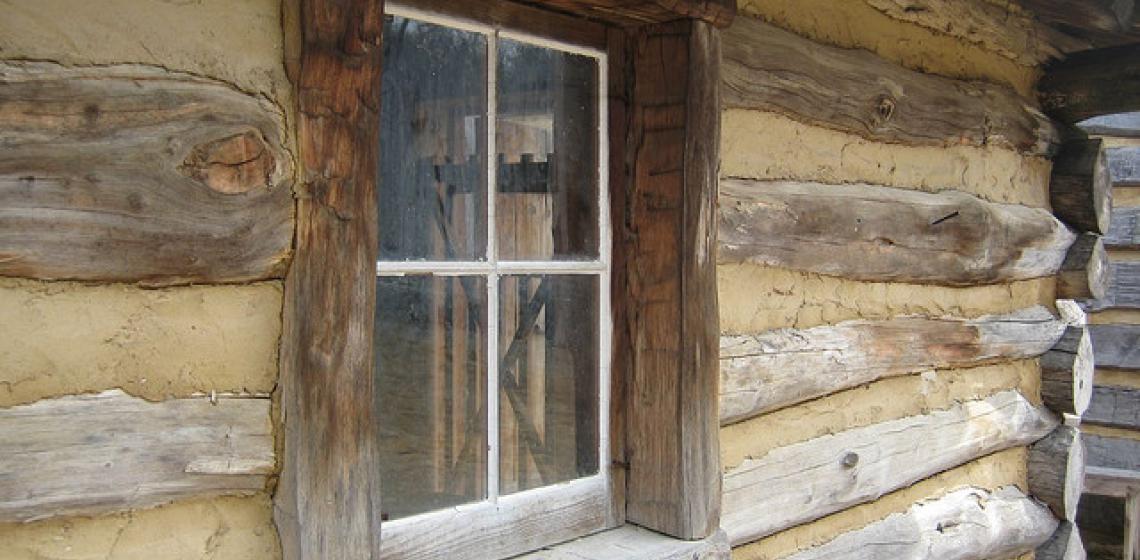
The Apple River Fort was the site of an important battle during the Black Hawk War. It was the only fort attacked by Black Hawk during the turbulent summer of 1832. On June 24, 1832, the settlers of the fort turned back an attack by some 200 Sauk and Fox warriors led by Black Hawk. The war lasted only sixteen weeks, ended the threat of Indian attacks in the area and opened the region to further settlement. Many notable men participated in the Black Hawk War including a young Abraham Lincoln, Jefferson Davis, and General Winfield Scott. Abraham Lincoln and his militia company arrived at the fort a day after the battle.
Today, the fort has been reconstructed and is open for self-guided tours. (Living History from May-October.) Special events throughout the year highlight many aspects of life in Jo Daviess County in 1832. Exhibits at the Interpretive Center, on the trail, and at the fort tell the story of the Sauk and Fox, the early settlers and the conflict that became know as the Black Hawk War.
In the spring of 1995, the Apple River Fort Historic Foundation set out to locate the Apple River Fort, which had been torn down in 1847, fifteen years after the Black Hawk attack. Local lore said the Fort was located on a hillside not far from Main Street Elizabeth. Uncertain, the Foundatioon hired an archeologist, whose initial inspection of the site turned up a variety of artifacts from the 1830's. Excavations revealed not only musket balls, a small cellar and a trash pit, but also, the fort's footprint, a 50 by 70 foot area, somewhat smaller than originally speculated.
Rebuilding the fort's cabins began in 1996, with volunteers using the same tools and materials used by the original settlers. Logs were stripped and shingles split by hand. A two to three foot trench was dug to connect the two cabins and the surrounding palisade wall was erected using 14 to 15 foot logs. Constructing a second story that projected some two feet over the building's lower story created the blockhouse. At the two corners opposite the building, firing stands were built and supplied with hand-hewn ladders.
Because of its rich archeological remains and historical significance, the Apple River Fort site is listed in the National Register of Historic Places, the official list of districts, sites, buildings, structures and objects significant in American history.
Today the fort comes to life through Living History Interpretive programs, tours and special events.
